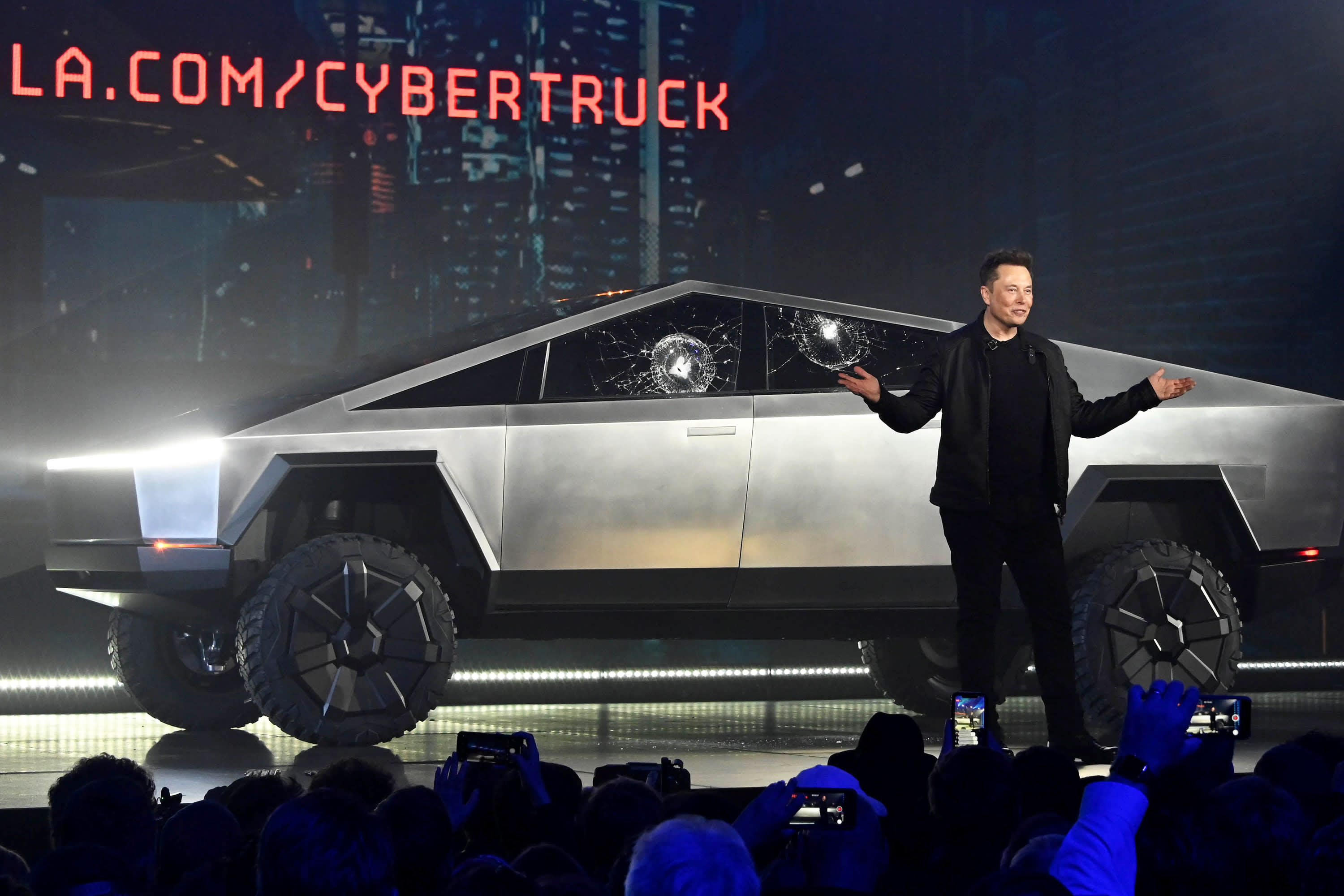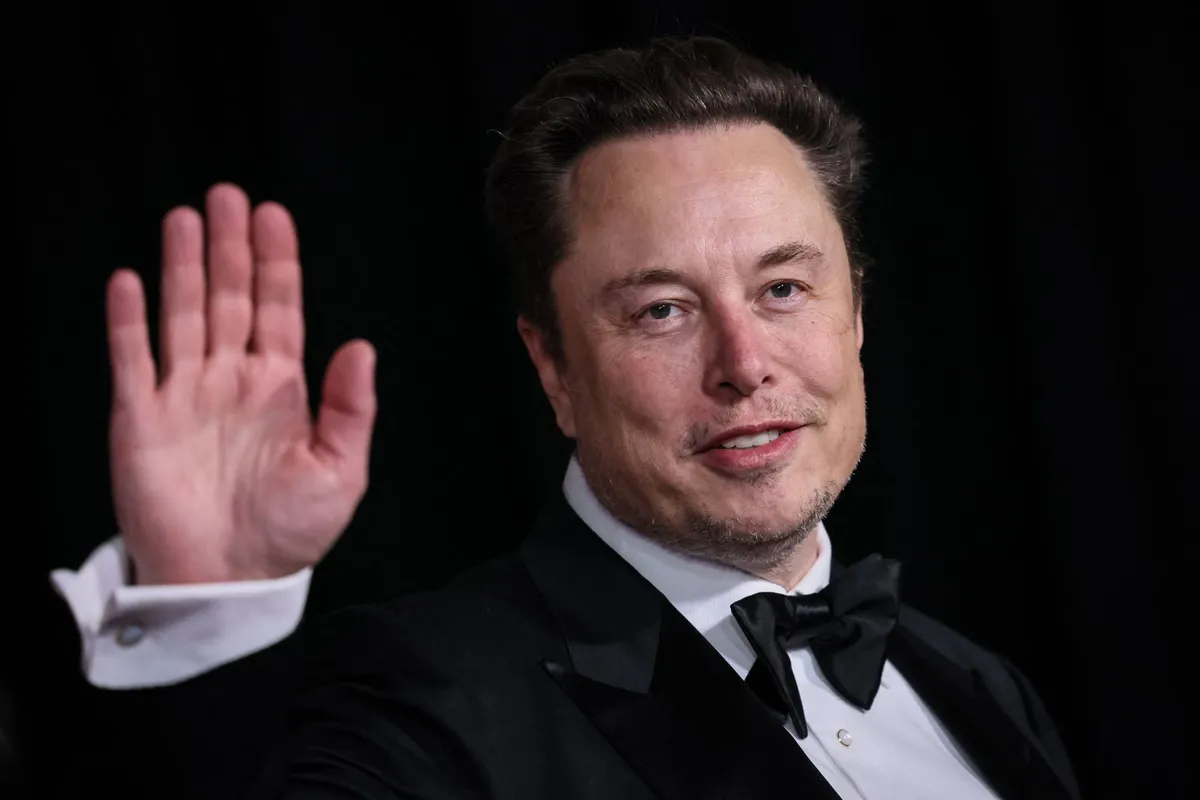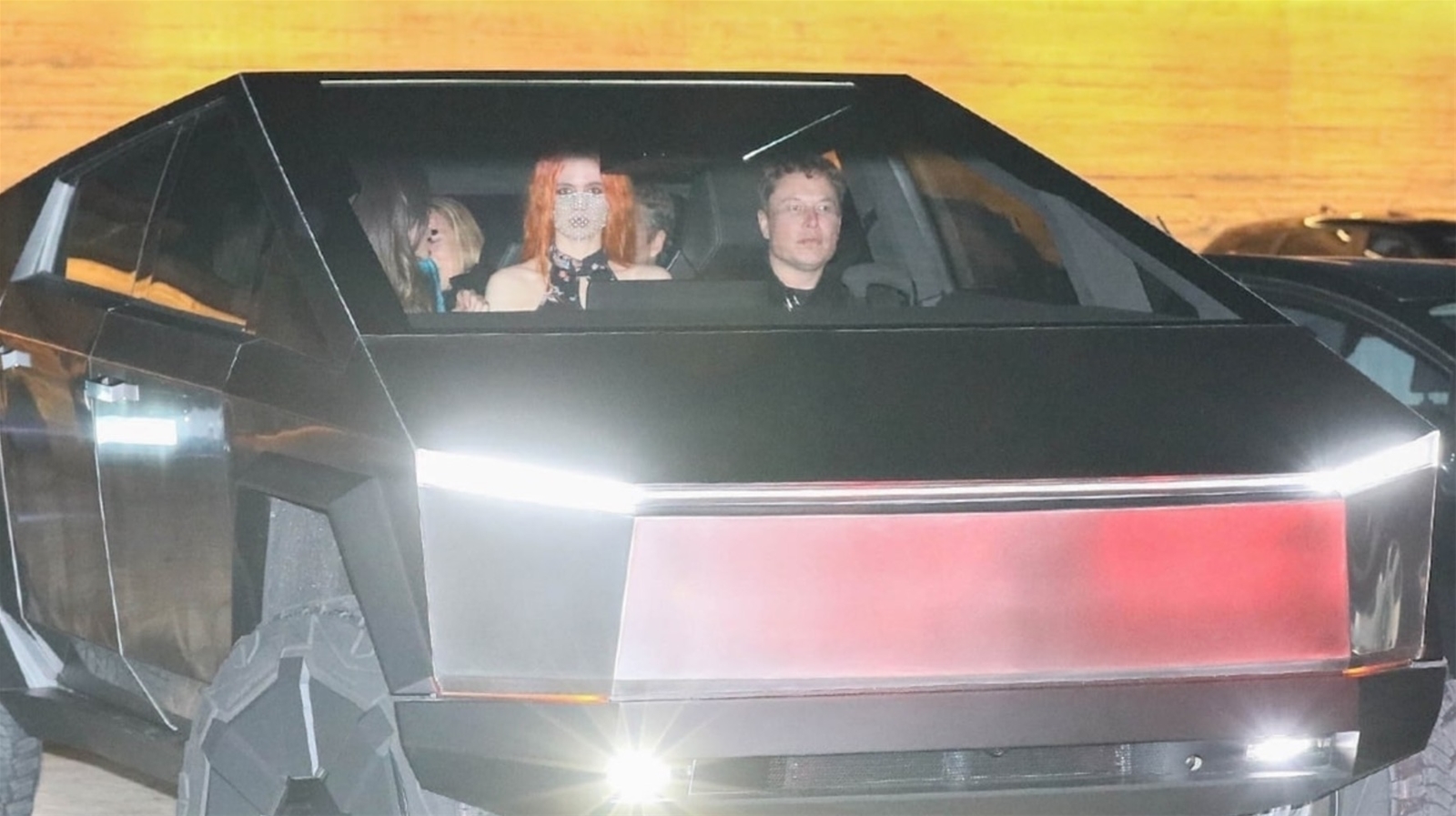
When Tesla unveiled the Cybertruck in late 2019, Elon Musk painted a picture of a bold new future — a steel-clad, all-electric juggernaut that would redefine the pickup truck market and catapult Tesla to yet another historic success. Years of hype followed, with social media buzz, massive preorder numbers, and endless speculation about how the Cybertruck would demolish Detroit’s dominance in the truck segment.
Yet in 2025, reality tells a starkly different story: empty parking lots across America are filling up with unsold Cybertrucks, gathering dust like relics of a future that never arrived.
Tesla (TSLA) has been battered on multiple fronts since the beginning of 2025. Weighed down by the ripple effects of an escalating trade war, public backlash against Elon Musk's political entanglements, and a plunging stock price, the company’s struggles have intensified.

The recent Q1 earnings report offered little reassurance. While Musk made vague promises to refocus on Tesla and scale back his controversial involvement with the Department of Government Efficiency (DOGE), even bullish analysts see a long, treacherous path to recovery.
A major piece of Tesla’s dilemma lies beyond its 71% profit collapse and a 20% drop in automotive revenue. Hidden under the surface is a growing inventory crisis that could damage Tesla’s brand for years to come: its catastrophic failure to sell the Cybertruck at scale.
New photos leaked by Sherwood News expose a grim scene: a massive pileup of unsold Cybertrucks sprawling across Tesla’s Giga Texas facility near Austin. Similar graveyards of unsold vehicles have been reported in Overland Park, Kansas, and other key regions.

Since its long-delayed release, Tesla has delivered fewer than 50,000 Cybertrucks — a stunningly weak figure considering the years of built-up demand Musk once claimed. Though some observers point to anti-Musk sentiment as a possible cause, the timeline of the Cybertruck’s inventory surge suggests deeper, structural problems that predate the latest wave of political controversy.
At its core, Tesla is facing a brutal truth: Cybertruck demand is not matching the supply it ramped up to produce. In response, the company has scrambled to rebrand the Cybertruck as a “working man's truck,” a jarring pivot from its original positioning as a symbol of tech-futurism.
According to reports from Business Insider, Tesla’s new marketing narrative aims to recast the Cybertruck as “less DeLorean, more Ford F-150.” However, industry experts are already warning that the strategy is fundamentally flawed — and almost certainly doomed.
Joseph Nagle, Head of Corporate Strategy at Pando Electric and a veteran of the EV space, outlined the issue succinctly in an interview with TheStreet. "On any job site, there is a near-religious attachment to different truck brands," Nagle explained. "It’s not a truck for the working man.

It doesn't feel like the tank that is the F-150. Those feel like they can take a beating and still keep going. The Cybertruck feels like a prop from a TV show." Nagle's assessment strikes at the heart of Tesla’s crisis: the Cybertruck may dazzle on Instagram, but it fails the real-world litmus test of trust and toughness that defines the truck-buying market.
Even if Tesla manages to spark interest among younger, more tech-savvy buyers, price remains a towering barrier. With starting prices around $80,000, the Cybertruck is financially out of reach for many first-time truck buyers and working-class consumers. Electric vehicle enthusiasts might admire the concept, but admiration alone won’t move tens of thousands of units sitting idle in parking lots.
Alex Black, Chief Marketing Officer at EpicVIN, echoes these concerns, suggesting Tesla’s rebrand feels more like desperation than innovation. "Labeling the Cybertruck a 'working man's truck' reads more like a marketing ploy than a reflection of actual change," Black noted. "Most contractors or tradesmen aren’t spending $80K+ on a truck with yoke steering and a stainless steel exoskeleton that scratches if you breathe on it the wrong way."

For blue-collar Americans who need a pickup to endure brutal work conditions, ruggedness, reliability, and serviceability matter far more than stainless steel exteriors and Blade Runner aesthetics.
Matt Voda, CEO of OptiMine Software, further points out that Tesla's chronic underinvestment in traditional marketing only compounds the problem. For years, Tesla relied on Elon Musk’s personal brand and viral buzz to sell vehicles without significant advertising spend.
But in the fiercely competitive truck market — dominated by Ford, Chevrolet, and Dodge — loyalty runs deep, and brand-switching is exceedingly rare. "Most truck buyers are extremely brand loyal," Voda said. "It is even more difficult to get a truck buyer to switch brands at some point in their lives."
This loyalty gap leaves Tesla in a precarious position. Traditional truck buyers don’t view the Cybertruck as a viable alternative to their trusted models, while Tesla’s core EV customer base doesn’t necessarily want or need a pickup truck.

Add in the Cybertruck’s controversial design, expensive repair costs, and impractical features like the yoke steering, and the result is a vehicle that seems designed for a niche audience that either cannot afford it or doesn’t exist in sufficient numbers.
The longer Cybertrucks sit unsold, the heavier the financial burden becomes. Vehicle inventory ties up cash, strains balance sheets, and forces painful choices. Tesla’s scramble to move units — whether through discounted sales, bundled incentives, or even potential fleet deals — could further erode its brand prestige and margin profile.
Analysts warn that if Tesla cannot meaningfully stimulate Cybertruck demand, it may be forced to drastically scale down production or write off losses, triggering a vicious cycle of investor panic and stock devaluation.
Moreover, the psychological damage could be even worse than the financial cost. For years, the Cybertruck symbolized Tesla’s ability to defy conventions, set trends, and lead the automotive world into a bold new era. Watching it rust away in parking lots sends the opposite message: that Tesla, once the icon of unstoppable innovation, can stumble just like the old giants it once sought to replace.

In a market where perception drives stock price almost as much as fundamentals, Tesla’s Cybertruck debacle risks becoming a self-fulfilling prophecy. Skeptical investors could point to the mountain of unsold steel as proof that Tesla’s best days are behind it.
Rivals like Rivian, Ford, and GM could seize the narrative, positioning their electric pickups as the smarter, safer bet for consumers who want an EV truck without the risks and eccentricities that come with Musk’s vision.
From futuristic dream to rusting nightmare, the Cybertruck’s downfall serves as a cautionary tale not just for Tesla, but for the entire EV industry. Hype can carry a company far — but when the rubber meets the road, real-world demand is the final judge. And for now, it appears that Tesla’s boldest creation has fallen heartbreakingly short.
As the Texas sun beats down on acres of gleaming, unsold Cybertrucks, one thing is clear: sometimes, the future doesn’t arrive with a bang, but with a silent, humiliating pile of junk.


-1749890798-q80.webp)
-1746587875-q80.webp)